Last updated on
Discover the most effective methods to secure your couch covers in place, ensuring a neat and well-maintained living space.
Are you tired of constantly adjusting your couch covers every time you sit down? Do they always seem to slip and slide, leaving your furniture looking messy and unkempt? Well, you’re not alone. Many homeowners struggle with keeping their couch covers in place.
But fear not! In this article, we’ll share some tried and tested tips on how to keep those pesky covers firmly in place, so you can enjoy a neat and tidy living space without the hassle of constant adjustments. So read on to discover our top tips for keeping couch covers in place!
Table of Contents
Choosing the Right Couch Cover
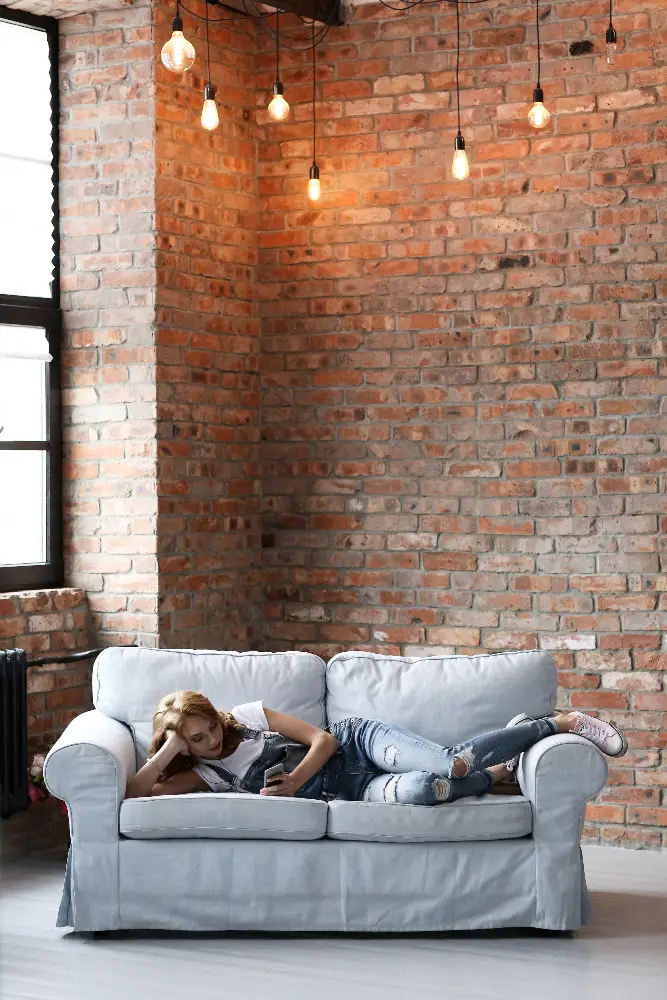
When it comes to keeping your couch covers in place, choosing the right cover is crucial. The type of fabric you choose can make all the difference in how well it stays put.
Opt for slip-resistant fabrics such as microfiber or suede that have a bit of texture and grip to them. Avoid smooth materials like silk or satin, which are more likely to slide around on your furniture.
Consider purchasing custom-made couch covers that fit snugly over your furniture without any excess material hanging off the sides. This will not only give you a cleaner look but also prevent any extra fabric from bunching up and causing slippage.
Measuring your couch accurately is also important when selecting a cover size; too small and it won’t stay put, too large and there will be excess material leading to wrinkles and slippage.
Measuring Your Couch Accurately

Measuring your couch will help ensure that you select a cover that fits snugly and doesn’t slip or slide around. To get started, grab a measuring tape and follow these simple steps:
- Measure the length of your sofa from one armrest to the other.
- Measure the width of your sofa from front to back.
- Measure the height of each cushion on your sofa.
Once you have these measurements, compare them with those provided by manufacturers for their covers’ sizes or custom-made options if necessary.
Measuring may seem like an obvious step in keeping couch covers in place but getting accurate measurements is crucial for selecting well-fitting covers that won’t shift around when used regularly.
Custom-made Couch Covers
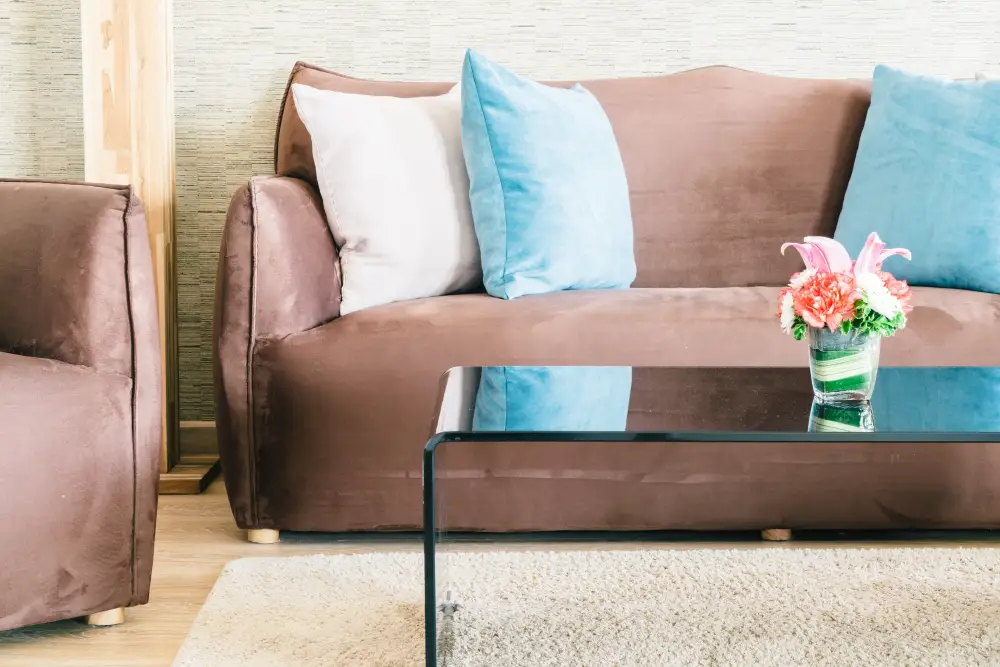
Custom-made couch covers are tailored to fit your specific sofa dimensions, ensuring a snug and secure fit. This option is particularly useful if you have an oddly shaped or oversized sofa that standard-sized covers won’t accommodate.
When opting for custom-made couch covers, it’s essential to measure your furniture accurately so that the cover fits correctly. You can either hire a professional upholsterer or take measurements yourself using measuring tape and following online tutorials.
Customized slipcovers offer more flexibility in terms of fabric choices as well as design options such as piping details and pleats. They also tend to last longer than ready-to-use ones since they are made with high-quality materials designed specifically for individual sofas.
Selecting Slip-resistant Fabrics

First and foremost, look for materials that have a bit of texture or grip. Smooth fabrics like silk or satin tend to slide around more easily than textured options like corduroy or chenille.
Another important factor is the weight of the fabric. Heavier materials will naturally stay in place better than lightweight ones, so consider opting for thicker cottons or even denim if you’re looking for maximum slip resistance.
Don’t forget about color and pattern! While this may not seem directly related to slip resistance at first glance, darker colors and busier patterns can actually help hide any small movements that do occur over time.
Non-Slip Couch Cover Options
These products come in various forms, including rubberized pads or mats that can be placed underneath the cover. They work by creating friction between the couch and cover, preventing any slippage.
Another option is using silicone dots or grips that can be attached directly onto the back of your couch covers. These small adhesive pieces create a slip-resistant surface when pressed against your furniture.
Alternatively, you could opt for an all-in-one non-slip sofa cover with built-in straps or elastic bands designed to hold it securely in place on your furniture.
Proper Couch Cover Maintenance

Regular maintenance will not only keep your covers looking fresh but also extend their lifespan.
Firstly, always check the care label on your couch cover for specific washing instructions. Some fabrics may require special treatment or dry cleaning.
Secondly, vacuuming is an excellent way to remove dust and debris from your covers without damaging them. Use a soft brush attachment to gently clean the surface of the fabric.
Thirdly, spot cleaning can be done with mild detergent or upholstery cleaner if there are any stains on your couch cover. Be sure to test any new product in an inconspicuous area first before applying it all over.
Lastly, avoid exposing your couch covers directly under sunlight as this can cause fading and discoloration over time.
Ensuring a Wrinkle-free Fit

Wrinkles can cause the cover to shift and slide, making it difficult for you to maintain a neat and tidy living space. To ensure a wrinkle-free fit, start by smoothing out any wrinkles or creases before placing the cover on your couch.
You can use an iron or steamer if necessary.
Once you’ve placed the cover on your couch, tuck in any excess fabric neatly around the edges of your furniture. This will help prevent bunching and slipping of the material.
Another tip is to adjust cushions as needed so that they sit evenly within their covers without creating lumps or bumps that could cause shifting.
Consider investing in slip-resistant fabrics such as microfiber or velvet which are less likely to wrinkle than other materials like cotton blends.
Drape the Cover Properly
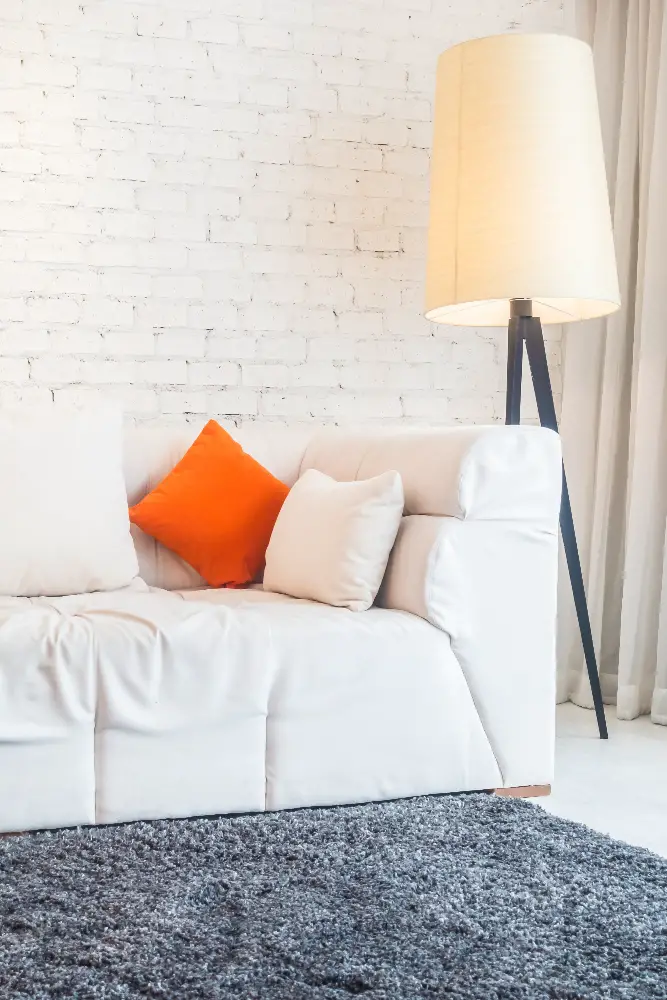
This may seem like a no-brainer, but it’s surprising how many people don’t take the time to ensure their covers are draped correctly. To drape your cover properly, start by laying it over your couch and tucking any excess fabric into the crevices between cushions or along the sides of arms.
Next, smooth out any wrinkles or bumps in the fabric so that it lays flat against your furniture. Make sure that you’ve covered all areas evenly and adjust as necessary until you’re satisfied with its appearance.
Once everything looks good, give each section a gentle tug to make sure there’s enough tension on each side without pulling too tightly which can cause slippage later on.
Using Foam Noodles for Support
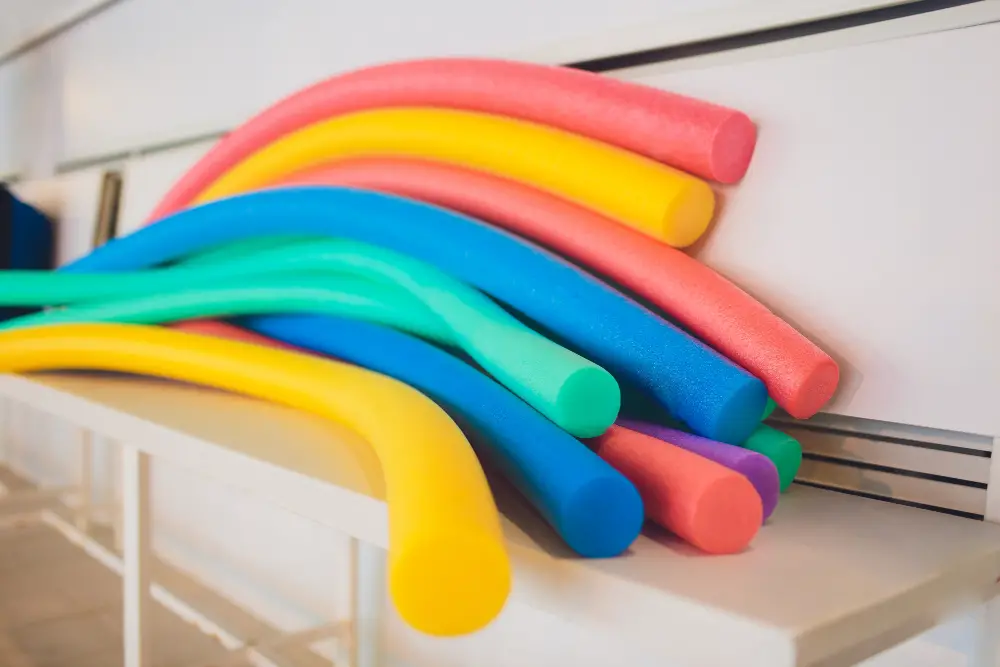
These long, cylindrical pieces of foam can be found at most dollar stores or pool supply shops and are typically used as flotation devices in swimming pools. But they also work wonders when it comes to securing your couch covers.
To use foam noodles for support, simply cut them into smaller sections that match the length of the cushions on your sofa. Then insert these sections between the cushions and arms of your furniture to create a barrier that prevents slipping.
Not only do foam noodles provide excellent grip, but they’re also affordable and easy to replace if needed. Plus, you can easily remove them when it’s time to wash or change out your couch covers.
Using foam noodles is just one effective method for keeping those pesky slipcovers firmly in place.
Rug Grip Strips
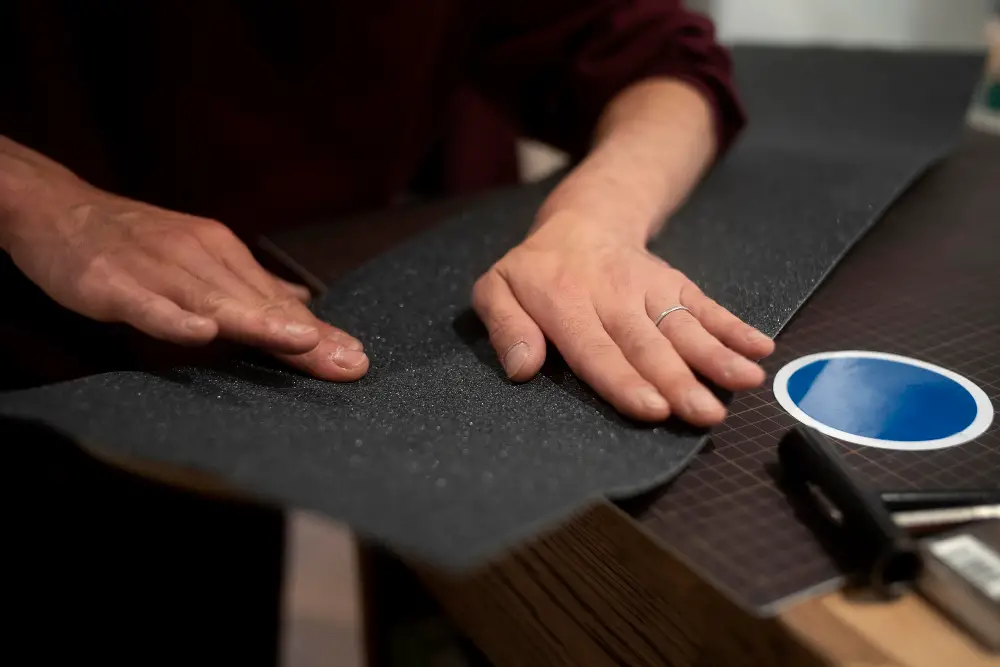
These adhesive strips can be easily attached to the underside of your couch cushions, providing a non-slip surface that will keep your covers securely in place. Rug grip strips come in various sizes and shapes, making them suitable for use on any type of furniture.
To use rug grip strips, simply clean the area where you want to attach them and peel off the backing paper. Then press firmly onto the cushion or sofa frame where you want it to stick.
Make sure that there are no wrinkles or bubbles under the strip as this could cause it to lose its effectiveness.
One advantage of using rug grip strips is their versatility; they can also be used on other surfaces such as rugs and carpets around your home! They’re easy-to-use, affordable solutions that provide long-lasting results without damaging furniture upholstery.
Upholstery Pins
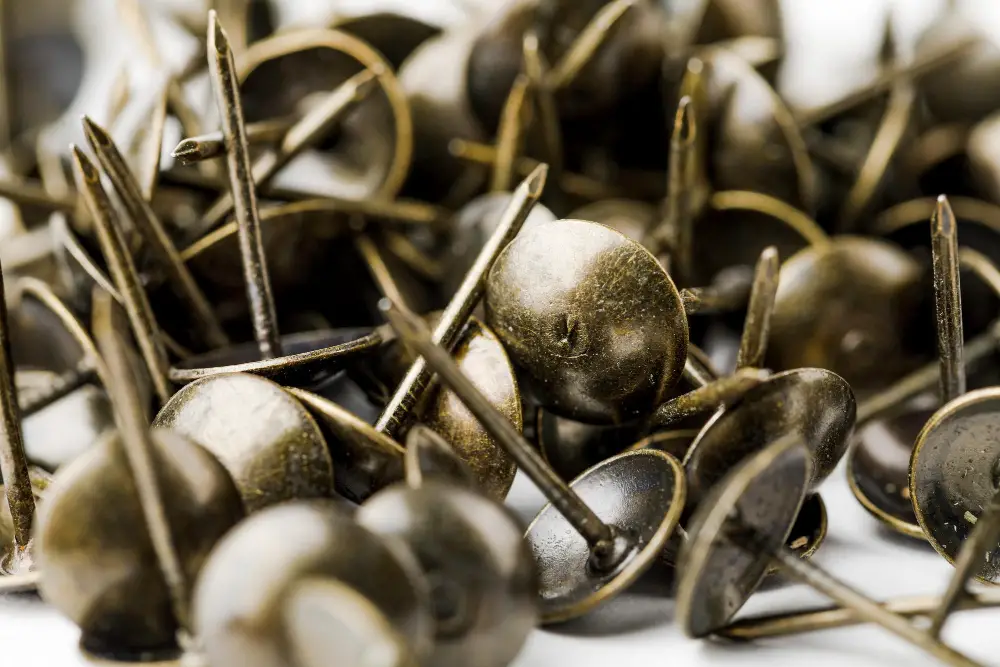
These pins are designed to hold the fabric securely without damaging it. They come in different sizes and shapes, so you can choose the ones that work best for your particular couch cover.
To use upholstery pins, start by draping the cover over your furniture as usual. Then, carefully tuck any excess fabric into crevices or folds of the sofa until it fits snugly around all corners and edges.
Next, take an upholstery pin and insert it through both layers of fabric at a 45-degree angle towards the center of each cushion or armrest. Be sure not to poke yourself with these sharp little guys!
Repeat this process every few inches along each seam until you’ve secured all sides of your couch cover with enough pins to keep everything firmly in place.
Securing Couch Covers With Straps
Straps are a great option for those who want to avoid any visible tucking or pinning of the cover. They work by securing the cover tightly around the base of your couch, preventing it from slipping and sliding.
To use straps, simply wrap them around the bottom of your sofa and fasten them securely with clips or buckles. Make sure that they are tight enough so that there is no slack left in between.
One advantage of using straps over other methods like pins or tucks is that they can be easily removed when you need to wash or change out your covers. Plus, they come in various colors and designs so you can choose one that matches well with your decor style.
However, make sure not to overtighten as this may cause damage to both the fabric and structure underneath it.
Sofa Tuckers or Slipcover Tuck Grips
These handy tools work by securing the cover into the crevices of your sofa, preventing it from slipping and sliding around.
To use sofa tuckers or slipcover tuck grips, simply insert them between the cushions and arms of your couch. Then, drape the cover over your furniture as usual before pushing it down into each crevice with a little force.
The result is a snug fit that will stay put even after hours of lounging on your couch.
One thing to note when using these tools is that they may not be suitable for all types of sofas. If you have an oddly shaped or oversized piece of furniture, you may need to consider other options such as straps or upholstery pins instead.
Tighten Drawstrings
Many slipcovers come with drawstrings that can be adjusted to fit snugly around the furniture, preventing them from slipping and sliding. To tighten the drawstring, simply pull it tight and tie a knot at each end of the string.
This will create a secure hold on your couch cover.
However, it’s important not to over-tighten as this may cause damage or rippling on certain fabrics such as linen or cotton blends. It’s best to adjust gradually until you find just enough tension for a smooth fit without causing any damage.
How to Keep Leather Sofa Covers in Place
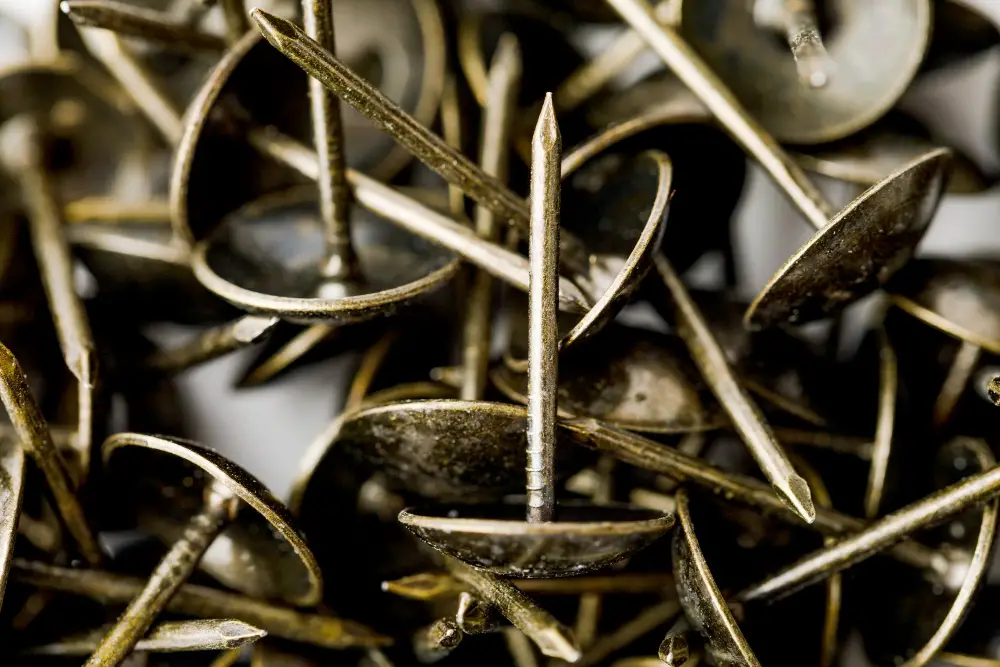
Keeping leather sofa covers in place can be challenging as they tend to slip easily. To prevent this from happening, there are several methods you can try.
One effective way is to use non-slip rug pads or grip liners under the cover. These materials provide extra friction between the couch and cover, preventing it from slipping off.
Another option is using upholstery pins or tacks that secure the cover onto your leather sofa’s edges without damaging its surface. You can also consider using straps with buckles that wrap around your furniture’s legs for added security.
It’s essential to note that some methods may not work well with certain types of leather finishes such as suede or nubuck; therefore, it’s best always to check before trying any method on these surfaces.
Stretch Sofa Cover Effectiveness
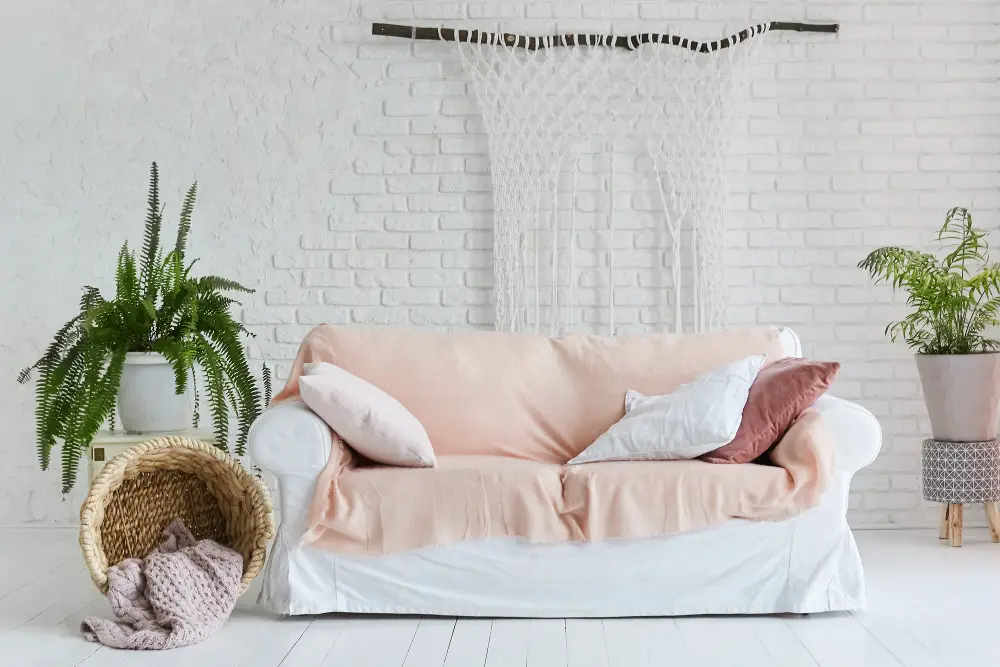
These covers are made from stretchy materials that can easily fit over most standard-sized sofas, providing a snug and secure fit. However, it’s important to note that not all stretch sofa covers are created equal.
Some may be more effective than others in terms of staying in place.
When selecting a stretch sofa cover, look for one with elasticized edges or straps that can be secured underneath the furniture. This will help prevent the cover from slipping or sliding around when you sit down or move on the couch.
It’s also essential to choose a high-quality fabric that is durable enough to withstand regular use without tearing or stretching out of shape quickly.
DIY Couch Cover Solutions
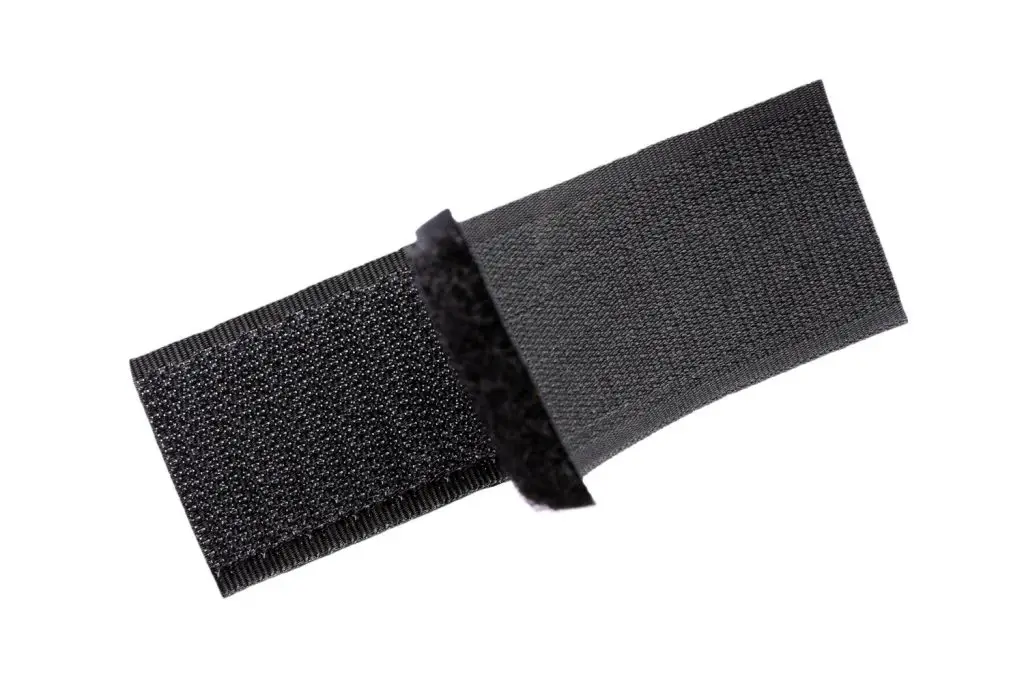
One popular method is to sew non-slip fabric onto the backside of your cover. This will help it grip onto the surface of your sofa and prevent any sliding or bunching up.
Another option is to use velcro strips on both the couch and cover. Simply attach one side of the velcro strip onto your sofa, then sew or glue its counterpart directly onto the underside of your slipcover.
For those who prefer a more temporary solution, try using double-sided tape along with rug grip strips for added security. The tape can be easily removed without damaging either surface while still keeping everything in place.
Safety Precautions for Couch Covers

While there are many effective methods for securing your covers, it’s important to ensure that they don’t pose any risks or hazards. For instance, using pins or sharp objects can damage the fabric of your couch and even cause injury if not handled properly.
To avoid such risks, consider using non-slip options like rug grip strips or slipcover tuck grips instead of pins. These will keep the cover firmly in place without damaging the furniture underneath.
Make sure that any straps used to secure the cover are not too tight as this could cause stress on both the fabric and frame of your sofa. Always follow manufacturer instructions when installing and maintaining couch covers.
Anchor Couch Covers With Furniture
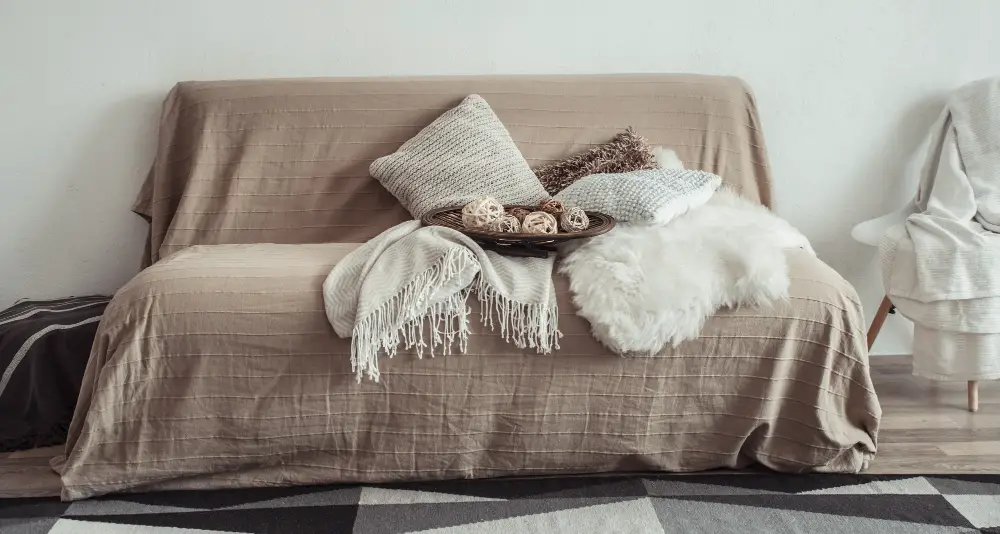
This method is particularly effective if you have a sectional sofa or an L-shaped couch. Simply tuck the cover into the crevices of your furniture, ensuring that it is snugly fitted in place.
You can also use heavy objects such as books or decorative items to weigh down any loose areas of fabric. However, be careful not to damage your furniture by using sharp objects or placing too much weight on delicate surfaces.
Anchoring your couch covers with furniture may take some extra effort but will provide long-lasting results and keep them looking neat and tidy for longer periods.
Preventing Couch Cover Slippage With Pets

Pets love to jump on and off furniture, which can cause the covers to shift or slip out of place. To prevent this from happening, there are a few things you can do.
Firstly, consider using non-slip fabrics for your couch cover. These materials will help keep the cover in place even when pets are jumping around on it.
Another option is to use upholstery pins or tuck grips specifically designed for securing slipcovers onto furniture. These tools work by anchoring the fabric into crevices between cushions and other parts of the sofa frame.
Lastly, if all else fails and your furry friend just won’t stay off the couch no matter what measures you take – consider investing in a pet-friendly sofa cover made from durable materials that resist scratches and stains caused by pets’ claws or fur shedding.
By taking these steps to prevent slippage caused by pets jumping up onto furniture with their paws (or claws), homeowners can enjoy peace of mind knowing their living space remains neat despite having four-legged friends around!
FAQ
How do I get my sofa covers to stay in place?
To keep sofa covers in place, attach several pieces of Velcro to thin fabric in the middle and edges, or use a single strip for thicker fabric.
How do I keep my cushion covers from slipping?
To prevent cushion covers from slipping, place a non-slip pad underneath the cushions to create friction and keep them in place without modifying the couch or cushions.
How do you keep a slipcover from slipping on a leather couch?
To keep a slipcover from slipping on a leather couch, use slipcover grips or straps, and consider covers made from soft, stretchy materials with waterproof membranes and weights.
What are the best materials for non-slip couch covers?
The best materials for non-slip couch covers include heavyweight fabrics with textured surfaces such as microfiber, velvet, and chenille, and ideally, a non-slip underlay or rubberized backing.
Are there any specific products designed to prevent couch covers from shifting?
Yes, there are specific products such as non-slip pads and elastic straps designed to prevent couch covers from shifting.
How can I modify my existing sofa cover to make it more secure and slip-resistant?
To make your existing sofa cover more secure and slip-resistant, modify it by adding straps, Velcro, or non-slip fabric underlays.




